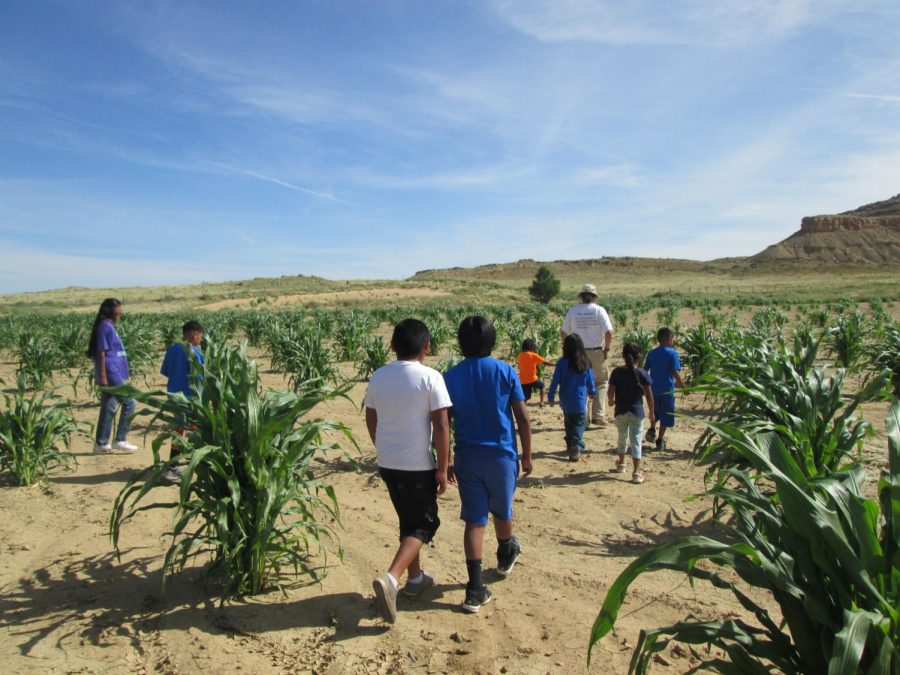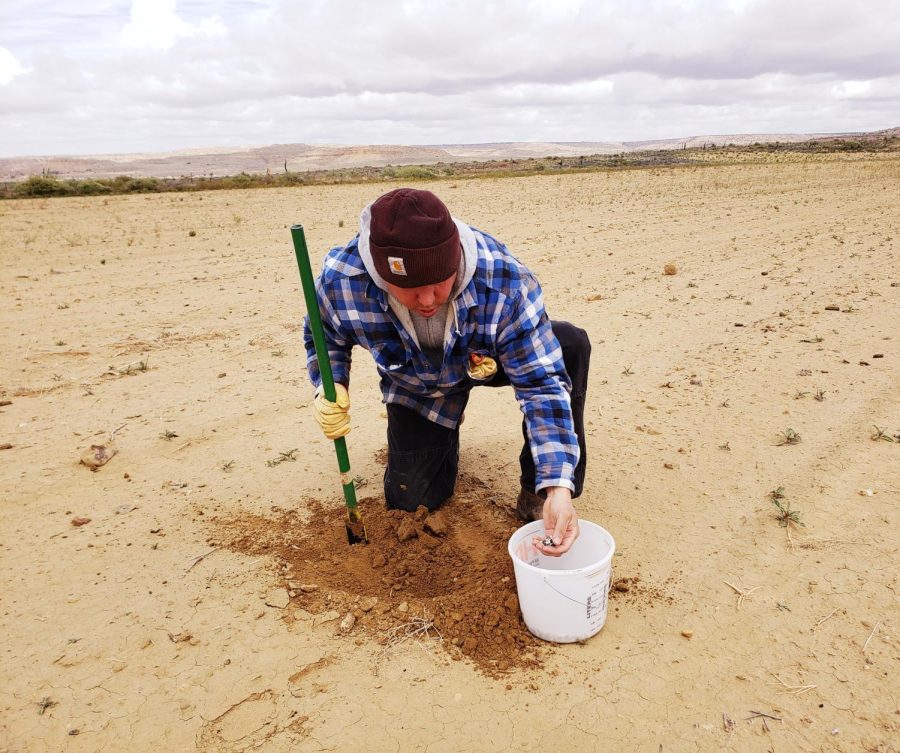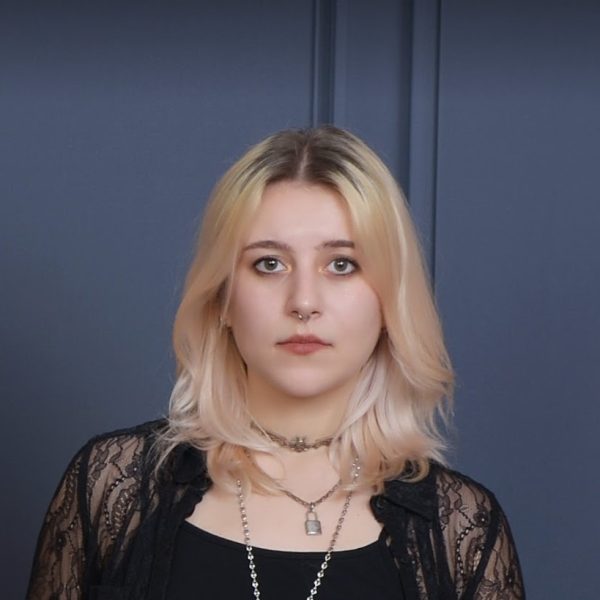The Fight for Climate Change Activism
(Graphic by Sydney Stam | The Daily Utah Chronicle)
October 18, 2022
Editor’s Note: This piece belongs to the September print issue, which was dedicated to late Chronicle Opinion Writer Maggie Bringhurst who tragically passed away in a fatal car accident on Aug. 6, 2022.
Author’s note:
In its original form, the words, research and interviews that follow were supposed to be listened to, not read. Maggie Bringhurst was to be the host of this three-piece podcast series that dove deep into climate change activism within our community, why it’s important and how it can improve. While you won’t have the privilege of hearing Maggie’s voice and laugh, I do hope you can hear her in this piece — because without her dedication to journalism, knowledge of her community and ambition to make the world a more just place, it wouldn’t exist.
Opinion writers Elle Cowley and Angela Lezaic also contributed to this piece.
Wynn Alan Bruce set himself on fire on the steps of the U.S. supreme court on Earth Day of this year. It made viewers of the tragic event wonder: what will it take for something to be done about climate change? And even though the mainstream climate change movement has been successful in starting a conversation over the past few decades, today, it seems consumed by impending doom, apathy and divisiveness rather than hope, unity and clear pathways to actual change — the things we actually need if we want to protect our planet.
That said, the fight against climate change that we see in our inboxes, social media platforms and news feeds isn’t the only one that exists. There are other, less traditional but equally promising actions against climate change that are being taken every day. Unfortunately, these hopeful narratives are generally left out of the conversation because they are coming from marginalized groups — namely, Indigenous communities who have had a balanced, mutually beneficial relationship with the planet long before the colonization that has continued to this day.
Where did American climate change activism begin?
There is a misconception that the climate change movement began only after Dr. James Hansen’s testimony in 1988 during which he, a NASA scientist, very plainly told the world that “global warming has begun.” It warned the entire planet of the detrimental effects that would ensue if humanity continued on with its exploitative trajectory. In reality though, the fight against climate change was necessitated long before Hansen’s testimony. The origins of the climate change movement can be traced back to the 1920s, when coal miners rebelled against employers who tried to evict them from company owned homes, spurring a revolt nationwide. Although they might not have known their rebellion would have positive effects on the environment, it did. As the century went on, more and more threats to the environment became apparent, and at times, even deadly. Atomic testing and dumping became more commonplace, causing countless nuclear accidents. The Dust Bowl damaged farmlands and agriculture practices, and America continued to exploit its own and other countries’ natural resources as the industrial grip on society grew tighter and tighter.
In the 1960s, the conversation surrounding human interactions with the planet began to change as an influx of pro-environment narratives filled the media. As the decade continued to draw attention to the problems the planet was facing, policymakers across the nation passed legislation to protect the environment — legislation such as the Clean Air Act of 1970, the Clean Water Act of 1972 and the Endangered Species Act of 1973 that are still in effect today. While these pieces of legislation attempted to put action behind words, the climate change movement quickly became ugly in more ways than one.
The first way, leading to apathy across the country, was climate doomism. Many people began to lose hope in the fight against climate change as corporations continued to value profit over people and the environment. Furthermore, these decisions were and continue to be made by predominantly white groups who failed to consider the sacred practices of Indigenous people. Simultaneously, they disregarded the disproportional effect of the climate crisis on marginalized communities.
Listening to Indigenous Voices
Michael Kotutwa Johnson holds a doctorate in natural resources from the University of Arizona, a master’s degree in public policy from Pepperdine University and a Bachelor of Science degree in agriculture from Cornell University. Johnson is also a co-author on the Tribal Chapter in the National Climate Assessment Five. But above all of this, Johnson is a member of the Hopi Tribe and a dryland farmer.
“My most precious trait is that I was learned to dry farm from my grandfather back when I was a young boy,” Johnson said.
While Johnson didn’t grow up on the Hopi Reservation, the time he spent there as a young boy changed the trajectory of his life.
“I remember one time I told my grandfather I was bored and he took me out to the field and we just started doing all kinds of stuff and I was never bored again,” Johnson said. “It was a different life out here, but I adapted to it real quickly.”

As Johnson got older he was hopeful that he could take his knowledge of dryland farming with him into his career, but it quickly became apparent that mainstream agriculture had no interest in creating space for collaboration with the Hopi people, no matter how much more environmentally friendly their practices were.
“It’s almost like a business to them. I learned all the inputs that conventional agriculture brought with it — high production agriculture basically,” Johnson said. “I was like, ‘Man, this doesn’t really look sustainable.’ It was way different from our system. I could see why they were doing it and I could see why a lot of conventional farmers are hooked up to this kind of system, but I felt kind of sorry for them.
“They’re so caught up on the economics of things that they’re kind of missing out on the value of what I learned as a child,” he said. “They’re struggling — emotionally and physically — to make ends meet on their farms. It didn’t make sense.”
After his experience at Cornell with mainstream agriculture, Johnson saw more than a cultural disconnect between mainstream agriculture and Indigenous practices — he saw an economic discrepancy between the two as well.
“Other big agricultural operators are getting paid to do certain techniques that we’ve been doing for thousands of years. We just don’t call it things like contour farming or brush management, but we don’t get subsidized like that,” Johnson said.
When Johnson inquired about why the Hopi Tribe wasn’t compensated for their dryland techniques, he was told that the practices aren’t scientifically validated. “They told me that, and I said, ‘Well, we’ve got 3,000 years of replication, so they should be, because that’s what it is about. It’s about trial and observation and repetition,’” he said. Despite Johnson’s repeated trials to get credit for the Hopi people’s farming practices, they still receive no recognition.

What is Hopi Dryland Farming?
Hopi dryland farming is all about conserving water. “Out here, we have all these techniques that are basically what I would call soil moisture enhancers,” Johnson said.
By using generations-old practices, the Hopi Tribe is able to adapt to the land and continue producing crops with much less water than what mainstream farms are using. “We have to have a lot of faith in everything we do to raise crops in an area that only receives six to 10 inches of annual precipitation, when I was told at Cornell that I needed 33 inches or more to raise crops such as corn,” Johnson said. He pointed out that Hopi people have had to face droughts many times before, and have learned to adapt.
“It’s just that type of understanding that you really have to have with your place,” Johnson said.
As the drought across the Southwest rages on and other environmental crises proliferate across the country and globe, Johnson finds it more necessary than ever that mainstream farmers learn to work with the environment rather than against it, much like the Hopi Tribe has done for centuries.
“I think if we’re able to reinforce our traditions, and our culture, rather than try to reinvent the wheel, then I think we’ll be here for a long, long time, and we’ll be able to use our knowledge to help each other,” he said.
That said, Johnson is not quick to dismiss the pain and suffering that Indigenous groups across this nation have endured since this land was first colonized.
“Hopi has always been willing to help other people, but not that many people have been willing to help Hopi. It has to be a reciprocal relationship. It’s not just one of taking, we have to understand each other,” Johnson said.
“We have to be at the same tables, especially now with the water issues that are pressing on us. We have to be able to talk about those things and come up with good management perspectives and just listen to each other. I think that’s one of the main things that we forget to do, is to sit and listen to each other.”

Local Approach
Salt Lake City is not yet at the point where they are sitting at the same tables with Indigenous peoples, but there are people in the community who are taking steps towards a more collaborative future. Take for example Brooke Larsen, a Utah-born social justice activist who has been in the heart of Salt Lake’s fight against climate change since 2016.
Late last year, Larsen, along with her friend and colleague Alistair Lee Bitsol, compiled and edited an anthology of essays titled “New World Coming” about the current state of America’s Southwest region. Larsen made it clear that highlighting Indigenous voices was a priority during the process of the book.
“We really wanted to use the opportunity to publish and uplift voices that don’t necessarily have access to big, coastal publishers,” Larsen said. “We really wanted it to be rooted here and showcase the writers and organizers in our region.”
Larsen’s anthology is one example of Salt Lake’s activists working to form mutually beneficial relationships with Indigenous groups in an effort to protect the land — which is a win. That said, Larsen noted that organizing against climate change in a predominantly conservative state does not come without its struggles.
“It’s emotionally hard to organize in a state that is so antagonistic to progressive movements to social justice, to environmental justice,” Larsen said. “It’s hard when the dominant narrative is so far off from where you’re trying to get. It’s hard when you’re, like, demonized. It’s hard when people are arrested and charged with like, really scary charges. Yeah, I think on all those levels, it is difficult to be an activist here.”
However, Larsen made it clear that despite the difficulties that come with organizing against climate change, it is also one of the places that needs it the most — making it even more rewarding.
“It’s a commitment and a belief that our actions do matter,” Larsen said.












